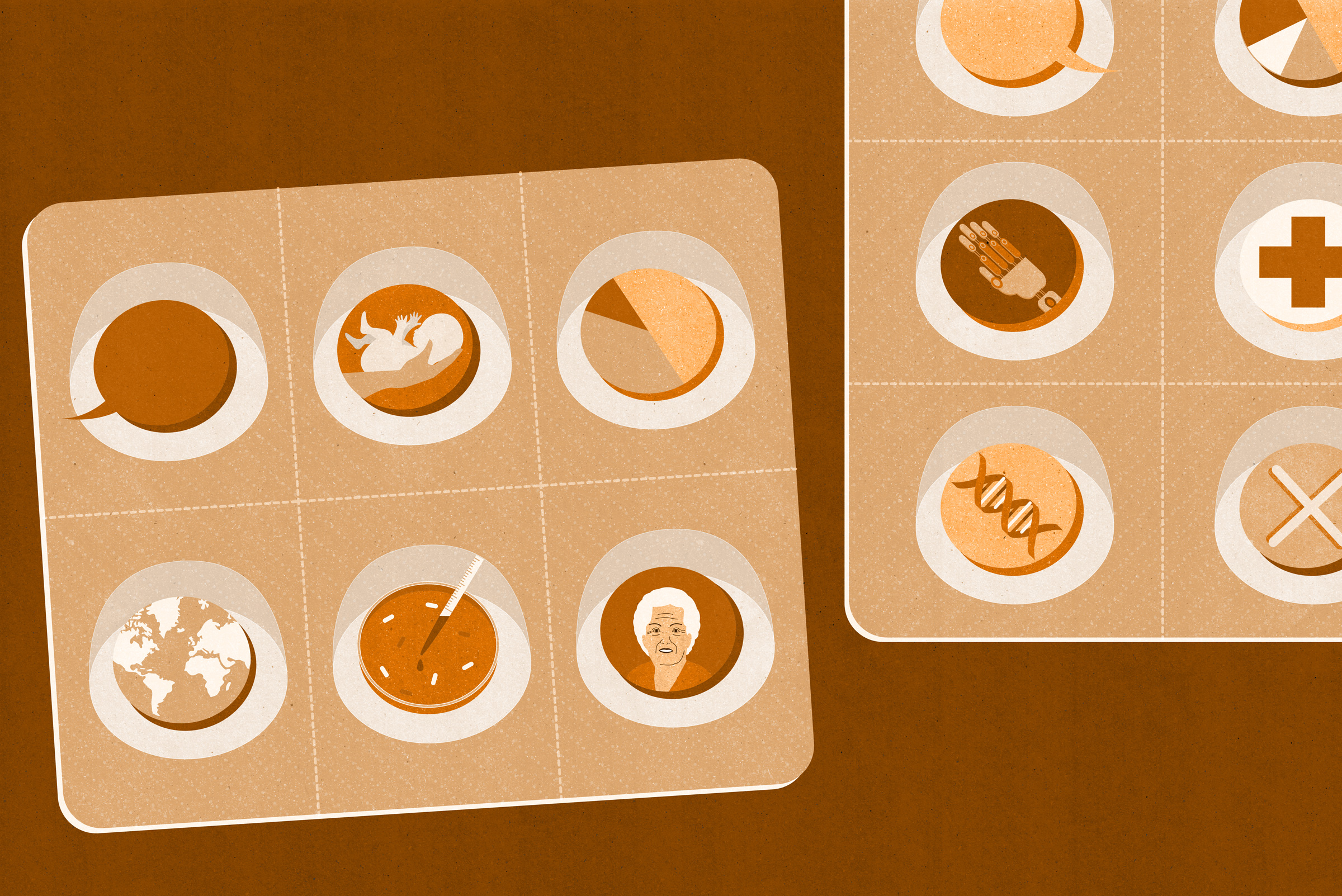Executive Summary
On March 28, 2019, CIFAR, in partnership with the Aga Khan Foundation Canada and the International Development Research Centre, convened a roundtable to explore our understanding of the impact of multiple early adversities on child development and health as well as opportunities for driving more effective interventions. Attendees included Fellows from CIFAR’s program in Child & Brain Development as well as thought leaders from across the international development sector, including government ministries and international development organizations.
Discussions at the roundtable focused on a major question: how early adversity impacts children’s health and development over the life course. Through brief primer talks and moderated discussions, the group explored several types of adversity that are prevalent in low/middle-resource global settings (including malnutrition and toxic stress), how these adversities interact with one another, implications for developing new research methods, and opportunities for prevention and early intervention. Key insights that emerged during the day included the importance of multi-dimensional intervention programs that address multiple adversities; the role of relationships as a buffer against stress; the possibilities for personalized intervention created by advances in brain measurements and other biological assessments; and the crucial need for more exchange between researchers and practitioners to build intervention programs that work for communities with different contexts and needs. This initial conversation laid the groundwork for future collaborations, working groups and joint discussions between participants and the broader development community, and provided directions for research and practice in the field of adversity and child development.
Impacted Stakeholders
- International development organizations (including intergovernmental organizations and funders)
- Humanitarian NGOs
- Frontline childhood development workers
- Diagnostics developers
- Implementation researchers
Key Insights
- Knowledge from neuroscience research (such as how adversities shape the trajectory of brain development, or how functional measures of the brain might indicate “latent risk” that has not yet manifested behaviourally) can contribute to an understanding of when, or how best, intervention programs can be implemented to maximize impact on child development. At the same time, there are gaps and opportunities where practitioners, with their on-the-ground experience, can contribute their knowledge.
- Different adversities often co-occur and interact. Interventions should not be made in isolation, but rather, developing multi-dimensional intervention programs that address multiple risks will be more effective.
- “Protect the buffering unit”: Social relationships can be a protective factor against stress, but are also imperiled by adversities. Fortifying relationships can therefore have a positive effect on children’s growth and development. More broadly, building long-term relationships between researchers/practitioners and communities, and between frontline workers and their supervisors, are crucial for the success of intervention programs.
- “What works, for whom, under what conditions”: To ensure the success and relevance of intervention programs, it is important to take cultural, political and other contexts into account. This could entail partnering with different family or community players. Another emerging area of research is how different children have differing sensitivities to the same environmental stresses, which could inform why some children benefit less than others from the same interventions and how this may be mitigated.
- “Second chance in second decade”: Recent research suggests that there is a second “sensitive period” during adolescence, when there is the possibility of “recalibration” of certain cognitive and socioemotional skills. This suggests a need, as well as opportunity, to address adversities beyond early childhood.
- Advances in biological assessments, such as physiological biomarkers, genetic scores, or brain measurements, may facilitate the development of personalized interventions tailored to individual variation and symptom profile. More affordable and portable neuroimaging equipment (such as electroencephalograms or near-infrared spectroscopy) may allow for real-time monitoring and intervention in low-resource settings.
Priorities and Next Steps
- Two-way exchange between researchers and practitioners will be crucial for building intervention programs that work for communities with different contexts and needs.
- Different sectors in both research and practice need further collaboration to understand how early childhood adversities synergize, and how to structure intervention programs to effectively target multiple adversities (e.g., which components to prioritize, how to “layer-in” elements into existing programs, etc.).
- There is a great need for funding more implementation research, to reconcile recommendations based on research results from pilot studies in more controlled environments with what is feasible for scaled-up programs in uncontrollable real-world settings.
Roundtable Participants
- Frances Aboud, McGill University
- Amina Abubakar, Aga Khan University
- Robert Armstrong, Aga Khan University
- Theresa Betancourt, Boston College School of Social Work
- Margaret Biggs, International Development Research Centre / Queen’s University
- Zahra Boodhwani, Global Affairs Canada
- Molly Buckley, Aga Khan Foundation Canada
- Michelle Cruickshank, Grand Challenges Canada
- Tracey Evans, Aga Khan Foundation Canada
- Elizabeth Grant, Aga Khan Foundation USA
- Megan Gunnar, University of Minnesota / CIFAR
- Ely Harasawa, Ministry of Citizenship, Government of Brazil
- Celia Hsiao, LEGO Foundation
- Rob Hughes, Children’s Investment Fund Foundation
- Montasser Kamal, International Development Research Centre
- Vesna Kutlesic, National Institute of Child Health and Human Development
- Stephen Lye, Lunenfeld-Tanenbaum Research Institute
- Qamar Mahmood, International Development Research Centre
- Steve Mason, Aga Khan Foundation Canada
- Charles Nelson, Harvard Medical School / CIFAR
- Fe Nogra-Abog, Plan International Canada National Office
- Kieran O’Donnell, McGill University / CIFAR
- Shawn Powers, World Bank
- Rommy Rios Nuñez, Baltazar and Nicolas Foundation
- Ioanna Sahas Martin, Global Affairs Canada
- Chiara Servili, World Health Organization
- Sweta Shah, Aga Khan Foundation
- Sadaf Shallwani, Firelight Foundation
- Khalil Shariff, Aga Khan Foundation Canada
- Melanie Swan, Plan International
- Asrat Dibaba Tolossa, World Vision Canada
- Mark Wade, Harvard Medical School
- Alice Wuermli, New York University
- Mary Young, China Development Research Foundation
- Aisha Yousafzai, Harvard T.H. Chan School of Public Health
For more information, contact Amy Cook Senior Director, Knowledge Mobilization
